Google's self-driving cars could use robotic hands and eyes to communicate with pedestrians
Google has patented a system that could see its driverless vehicles use object sensors, flashing exterior signage and robotic hands to help make them safer for pedestrians.
The recently approved patent, which was first submitted in 2012, suggests ways for Google's automated cars to detect and respond to their surroundings, and ensure the safety of nearby people.
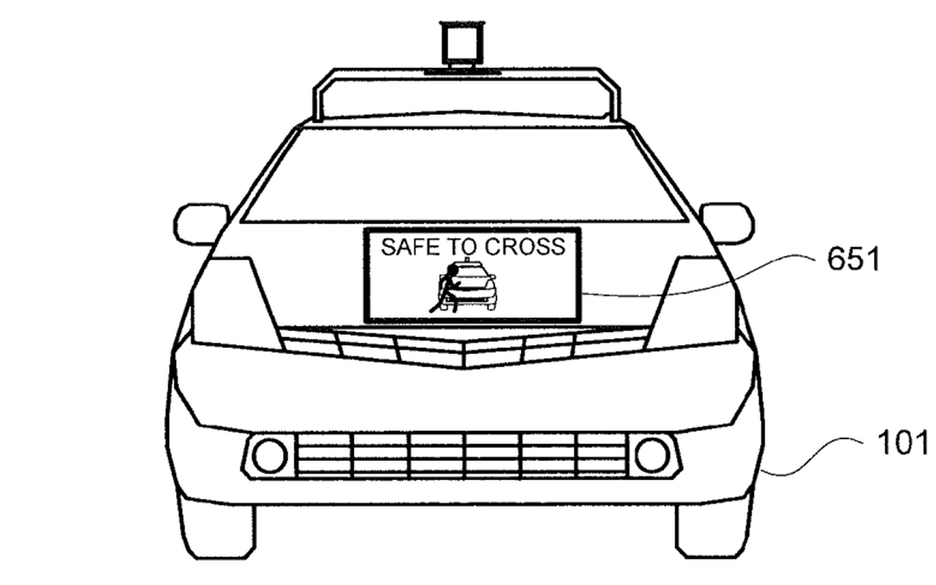
To communicate with pedestrians, Google has proposed using mechanisms that can mimic human behaviour, such as a robotic hand that makes gestures. The document also suggests the addition of robotic eyes on the exterior of the car that could let pedestrians know the vehicle "sees" them.
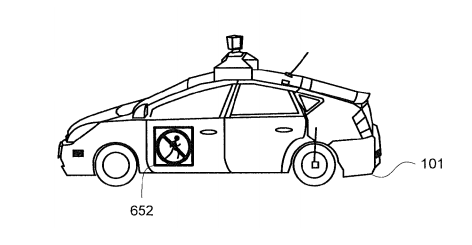
In addition, displays that cover the sides of the car could show flashing lights, messages – such as "walk" or "don't walk" – or moving graphics to let pedestrians know the car's intentions. Diagrams included with the document show how signage could be based on already familiar road signs.
"The signaling devices may also provide notifications that combine visible information (such as words, symbols or lights) with audible chimes or instructions (for example "safe to cross" or "coming through" or something similar), for example, using a speaker," states the patent.
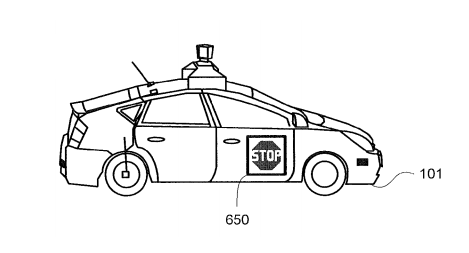
Using a range of sensors, including a roof-mounted laser, the vehicle could map the nearby environment and react to it accordingly.
The car would use "object detection components" to work out whether pedestrians are nearby, and use a step-by-step decision making process to predict their movements – for example if a person is about to cross the road.
"An object may be classified based on object type models or machine learning classifiers that output a possible object type and corresponding possibilities based on the determined characteristics for that object," states the patent.
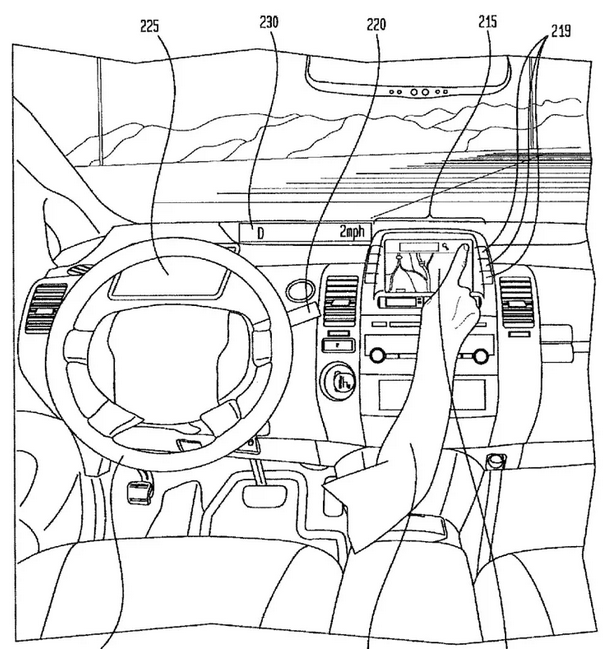
"For example, given an object that is perceived to be about 14 inches wide, four feet tall, and eight inches wide, an object type model may output information indicating that the object is 99 per cent likely to be a pedestrian, 0.5 per cent likely to be a bicyclist and 0.5 per cent likely to be a vehicle."
The car would then decide whether to slow down, stop altogether, or communicate a warning to pedestrians.
Similar scanning technologies have already been proposed for driverless vehicles. Architect Pernilla Ohrstedt told Dezeen that the 3D environmental data collected by these cars would gradually produce a "perfect" digital model of our cities.
Google unveiled its driverless car prototype in 2014, and has since met with car manufacturers including Ford, Toyota and Volkswagen to bring the design to the market by 2020.
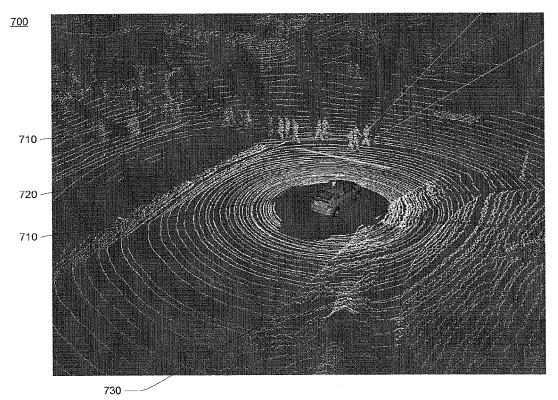
Volvo has designed its own autonomous concept vehicle, and Mercedes-Benz has revealed a driverless prototype intended for city dwellers.
Audi strategist Sven Schuwirth has claimed automated cars will "spell the end for domestic flights", predicting a time when business travellers will sleep in their cars as they travel.